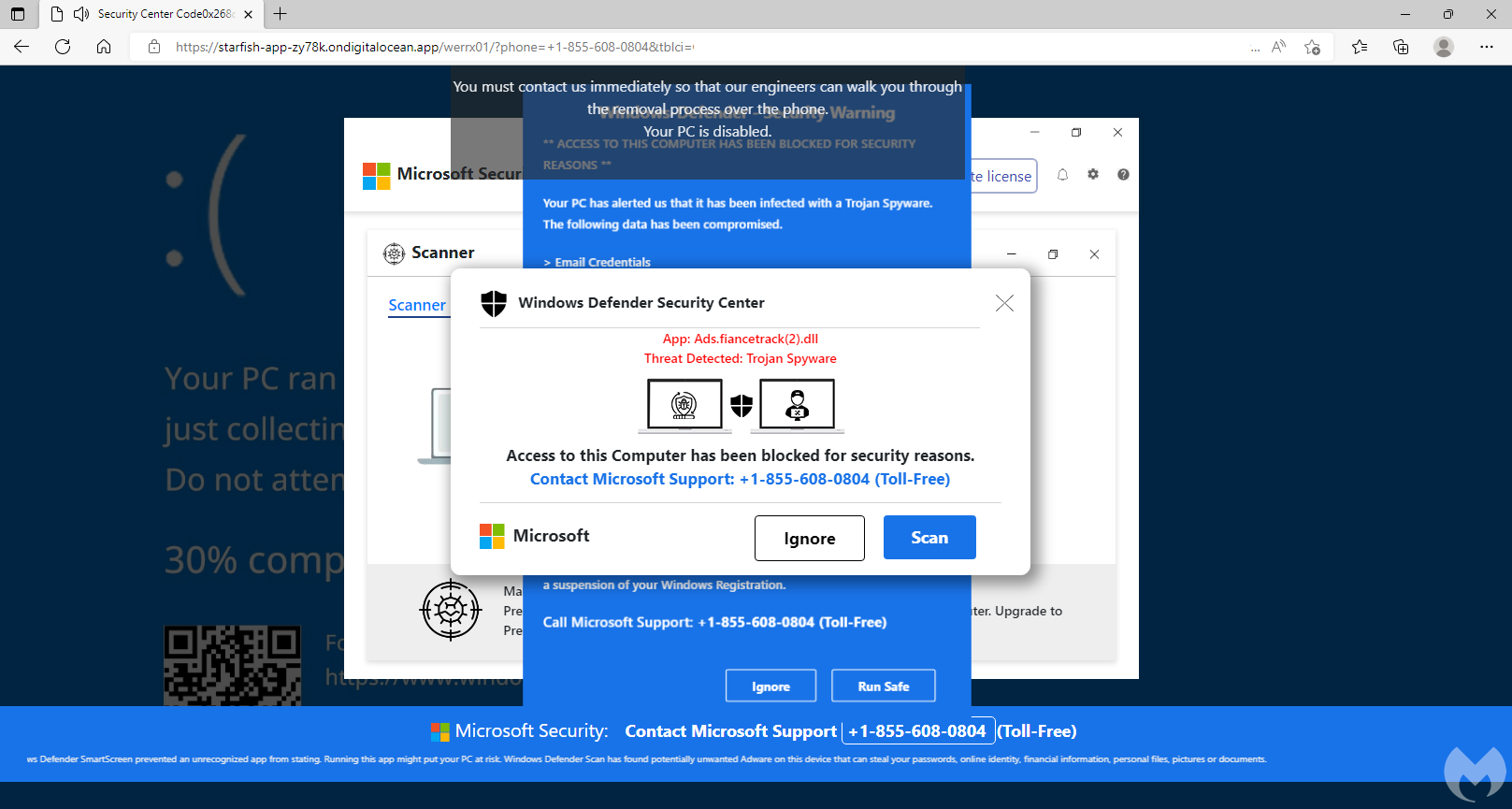U.S. still finding victims of advanced China-linked hacking campaign, NSA official says
The U.S. is still identifying victims targeted by an extensive China-backed hacking campaign that became the subject of a recent FBI takedown operation and other advisories from officials over the past year, a top NSA cyber official said.
Rob Joyce, the agency’s outgoing cybersecurity director, said on Friday that the U.S. is still finding victims of the Volt Typhoon hacking collective that’s been latching onto critical infrastructure through compromised equipment including internet routers and cameras, and that NSA is not yet done with efforts to eradicate such threats.
The clandestine activities, which are said to be backed by the Chinese government, have allowed the hackers to conceal their intrusions into U.S. and foreign allies’ systems for at least five years, officials have previously said.
The FBI in January announced it had jettisoned a significant portion of the group’s operations from compromised equipment it had burrowed into. These claims were subsequently affirmed by analysis from the private sector. But Friday’s remarks indicate there is still a way to go before Volt Typhoon is completely eradicated from U.S. networks.
Joyce, who was speaking to a group of reporters, declined to give a precise account of how many victims were remaining, but said the Chinese cyberspies are using tradecraft that’s difficult to uncover because of its reliance on stolen administrator credentials which allow them to more easily mask exploits.
The Volt Typhoon group has been carrying out “station keeping” activities, in an effort to preposition themselves to take down key infrastructure like transportation networks, he said. As for when the dismantling order would come down from Chinese authorities, the agency assesses it would be a “pretty high bar” reserved for major conflict like a possible Chinese invasion of Taiwan, he said.
The Volt Typhoon hackers have been using “living off the land techniques” that allow them to hide inside systems and bypass detection, previous U.S. reports said, noting that they have breached American facilities in Guam, as well as other key infrastructure in facilities both inside and outside the U.S.
Joyce added that NSA has been able to…



